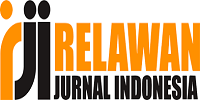Pengembangan Video Pembelajaran Berbasis Doratoon Materi Sejarah Peradaban Islam SMA
DOI:
https://doi.org/10.46963/asatiza.v5i2.1347Keywords:
Doratoon, History of Islamic Civilization, Islamic Education, Tutorial VideoAbstract
Islamic education requires more media variation in its presentation. One of the learning media variations is video learning, created using the doratoon application. This research aims to find out the validity and level of popularity of video learning material of the history of Islamic civilization. Research methods using R&D methods (research and dvelopment), with 4D models (define, design, develop, disseminite). Data collection techniques using interviews and lifts, as well as data analysis using quantitative descriptives. The research was conducted at UPT State High School 1 Sinjai, with research subjects of 35 students of X1 class. The results of the study showed the validity rate of the video learning material of the history of Islamic civilization based on the evaluation of the material expert was 90%, the average media expert was 83%, and the average learning expert was 91%, the third evaluation result of the entry into the category is very valid, as well as the rate of validity of the Video learning material history of the Islamic civilization average of 74% was in the category of interest. So, the video learning material of Islamic civilization is very valid and interesting to use in learning.
Downloads
References
Aprillia, M., Rasmitadila, R., & Sri Utami, I. I. (2022). Pengaruh Penggunaan Media Pembelajaran Google Classroom Terhadap Minat Belajar Siswa Pada Pembelajaran Jarak Jauh (PJJ). Wahana, 74(1), 8–20. https://doi.org/10.36456/wahana.v74i1.5281
Fadli, R., Hidayati, S., Cholifah, M., Siroj, R. A., & Afgani, M. W. (2023). Validitas dan Reliabilitas pada Penelitian Motivasi Belajar Pendidikan Agama Islam Menggunakan Product Moment. JIIP-Jurnal Ilmiah Ilmu Pendidikan, 6(3), 1734-1739.
Fauziah, M. P., & Ninawati, M. (2022). Pengembangan Media Audio Visual (Video) Animasi Berbasis Doratoon Materi Hak dan Kewajiban Penggunaan Sumber Energi Mata Pelajaran PPKn di Sekolah Dasar. Jurnal Basicedu, 6(4), 6505–6513. https://doi.org/10.31004/basicedu.v6i4.3257
Firmansyah, A. A. (2021). Pengembangan media pembelajaran interaktif berbasis game Quizizz pada pembelajaran tematik Kelas IV MI Al-Islah Sidowayah Pasuruan. Universitas Islam Negeri Maulana Malik Ibrahim.
Japar, M., Suryaratri, R. D., Syarifa, S., Fadhillah, D. N., & Djunaidi, D. (2021). Analisis Kebutuhan Pemanfaatan Video Pembelajaran dalam Meningkatkan Kompetensi Profesional Guru PPKn Sekolah Menengah Atas. Jurnal Sains Sosio Humaniora, 5(1), 619–627. https://doi.org/10.22437/jssh.v5i1.14592
Johar, A., Risdianto, E., & Indriyati, D. A. F. (2014). Perancangan dan implementasi media pembelajaran berbasis web pada bidang studi bahasa inggris di kelas VII SMP negeri 1 kota Bengkulu dengan menggunakan PHP dan MYSQL. Rekursif: Jurnal Informatika, 2(1).
Melisa, A. D., & Fadlan, M. N. (2023). Pengembangan Video Animasi Berbantuan Doratoon pada Tema Makanan Sehat di Kelas V Sekolah Dasar. EDUKASIA: Jurnal Pendidikan Dan Pembelajaran, 4(2), 901–908. http://jurnaledukasia.org
Nasir, L. M., & Jamiludin, A. (2023). Pengaruh Penggunaan Media Powerpoint Terhadap Minat dan Hasil Belajar Siswa. Jurnal Didaktika Pendidikan Dasar, 7(1), 129–142. https://doi.org/10.26811/didaktika.v7i1.1041
Pujiningrum, E., Siswanto, J., & Sukamto, S. (2021). Pengaruh Perhatian Orang Tua dan Minat Belajar Siswa Pada Pembelajaran Daring Terhadap Hasil Belajar Matematika Kelas V SD Negeri Mangunrekso 01. Jurnal Inovasi Pembelajaran Di Sekolah, 2(1), 1–11. https://doi.org/10.51874/jips.v2i1.9
Salsabilla, T. D., Yuliati, Y., & Cahyaningsih, U. (2021). Studi Literatur : Penggunaan Media Visual Infografis. Seminar Nasional Pendidikan FKIP Unma “System Thinking Skills Dalam Upaya Mentransformasi Pembelajaran Di Era Society 5.0,” 3, 276–282. http://prosiding.unma.ac.id/index.php/semnasfkip/article/view/607
Sunami, M. A., & Aslam, A. (2021). Pengaruh Penggunaan Media Pembelajaran Video Animasi Berbasis Zoom Meeting terhadap Minat dan Hasil Belajar IPA Siswa Sekolah Dasar. Jurnal Basicedu, 5(4), 1940–1945. https://doi.org/10.31004/basicedu.v5i4.1129
Wahyuniar, L. S., Rochana, S., Mahdiyah, U., Shofia, N., & Widodo, S. (2021). Pegaruh Pembelajaran Daring Dengan Google Classroom Dan Google Meet Terhadap Minat Belajar Matematika Diskrit. AKSIOMA: Jurnal Program Studi Pendidikan Matematika, 10(2), 1063. https://doi.org/10.24127/ajpm.v10i2.3635
Wira, A. (2021). Validitas dan efektivitas media pembelajaran berbasis android mata pelajaran komputer dan jaringan dasar. Journal of Education Informatic Technology and Science (JeITS), 3(1), 1-10.
Yanti, I., Febriyanti, I., & Khairuddin. (2023). Pemanfaatan media pembelajaran berbasis Doratoon untuk meningkatkan motivasi belajar siswa pada mata pelajartan TIK di SMP Negeri 2 Bukittinggi. Jurnal Inspirasi Pendidikan (ALFIHRIS), 1(1), 35–45.
Yunitasari, R., & Hanifah, U. (2020). Pengaruh Pembelajaran Daring terhadap Minat Belajar Siswa pada Masa COVID 19. Edukatif : Jurnal Ilmu Pendidikan, 2(3), 232–243. https://doi.org/10.31004/edukatif.v2i3.142
Downloads
Published
Issue
Section
License
Copyright (c) 2024 Nur Fakhrunnisaa, Hikmah Isnaini, Nurul In

This work is licensed under a Creative Commons Attribution-ShareAlike 4.0 International License.
Authors who publish with this journal agree to the following terms:
1. Copyright on any article is retained by the author(s).
2. The author grants the journal, right of first publication with the work simultaneously licensed under a Creative Commons Attribution shareAlike 4.0 International License that allows others to share the work with an acknowledgment of the work’s authorship and initial publication in this journal.
3. Authors are able to enter into separate, additional contractual arrangements for the non-exclusive distribution of the journal’s published version of the work (e.g., post it to an institutional repository or publish it in a book), with an acknowledgment of its initial publication in this journal.
4. Authors are permitted and encouraged to post their work online (e.g., in institutional repositories or on their website) prior to and during the submission process, as it can lead to productive exchanges, as well as earlier and greater citation of published work.
5. The article and any associated published material is distributed under the Creative Commons Attribution-ShareAlike 4.0 International License

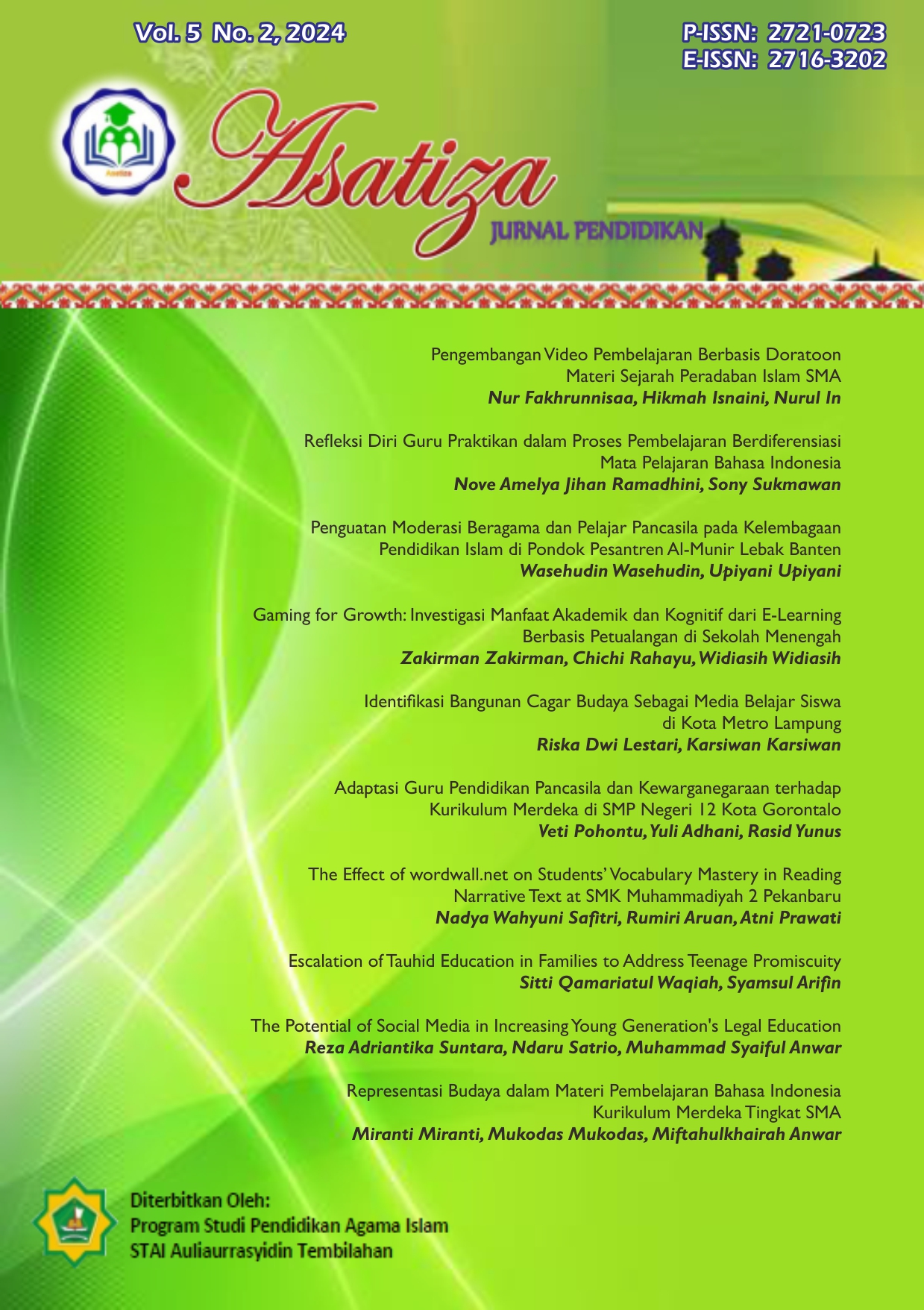




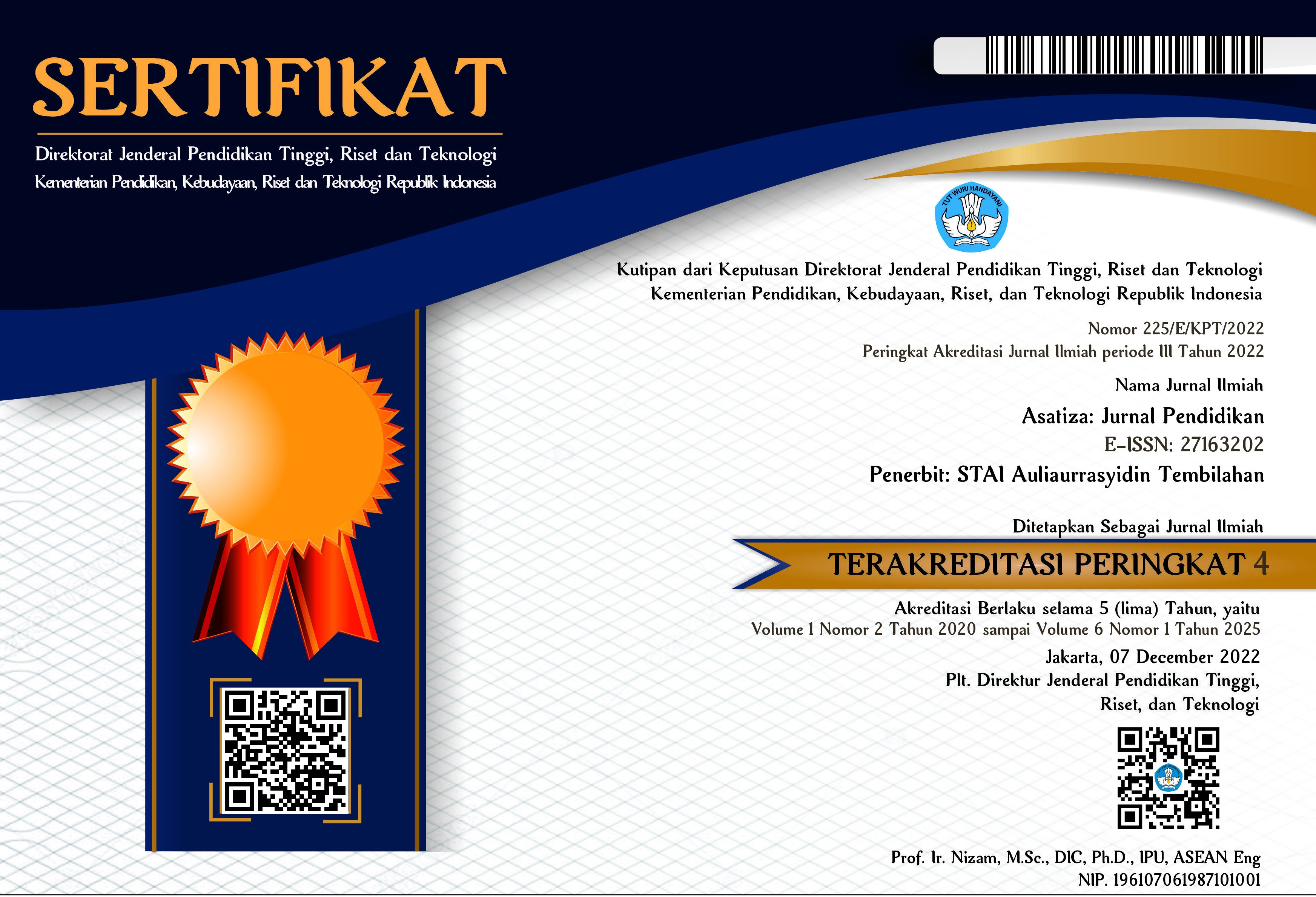


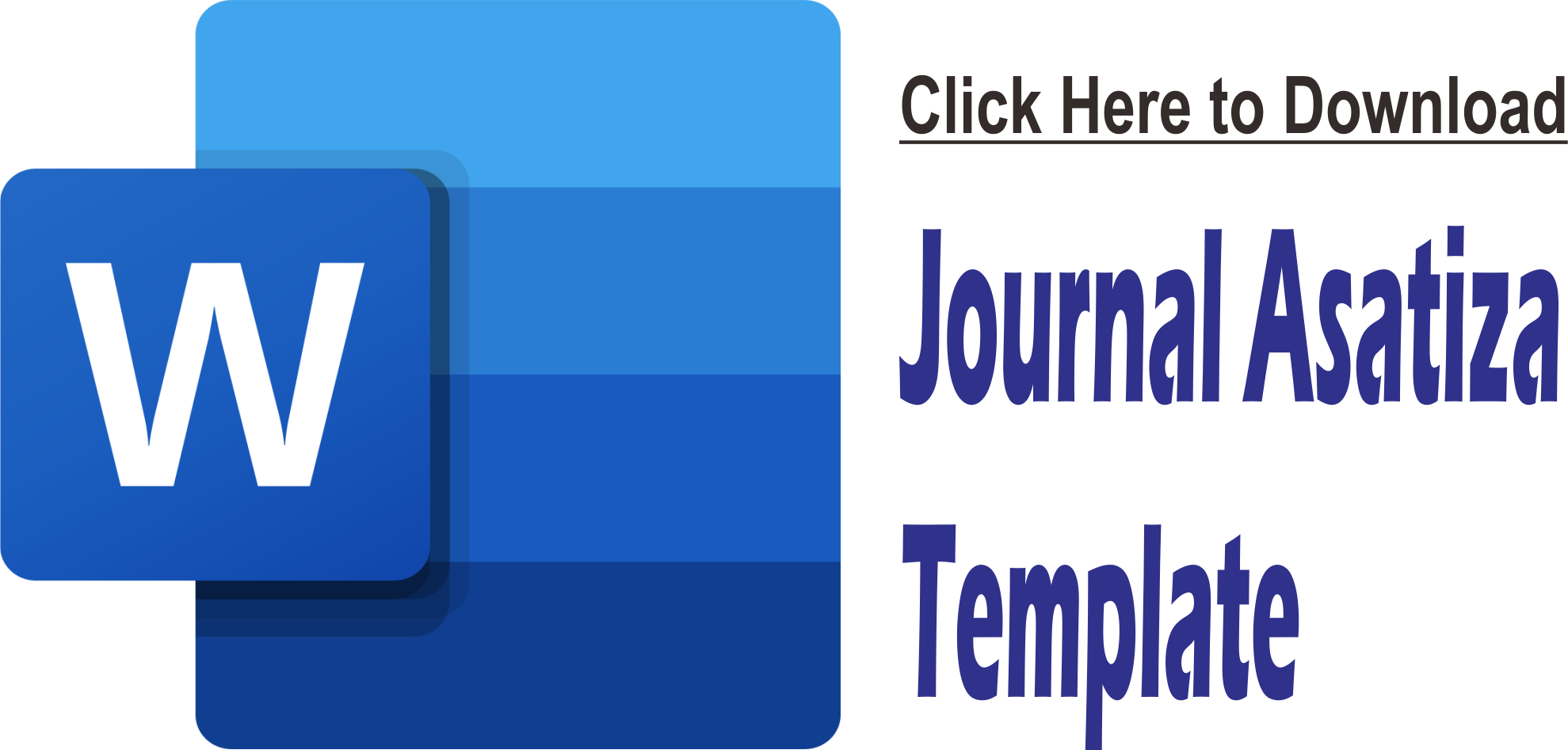
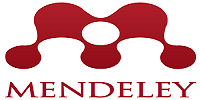
2.png)
